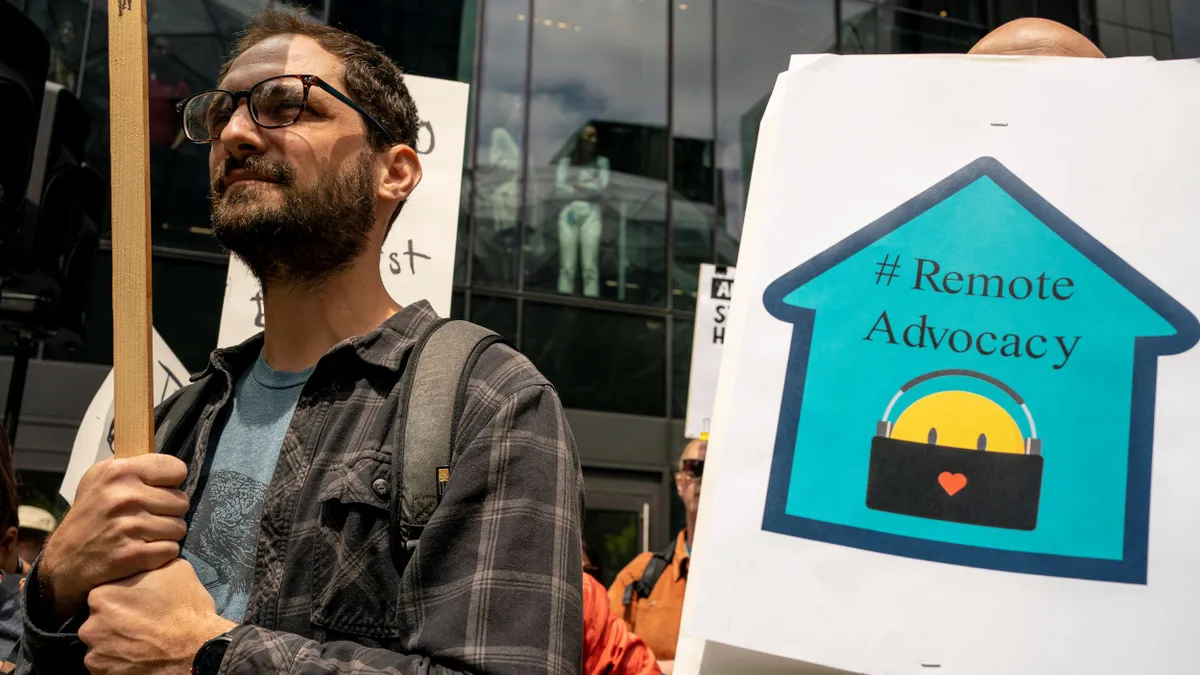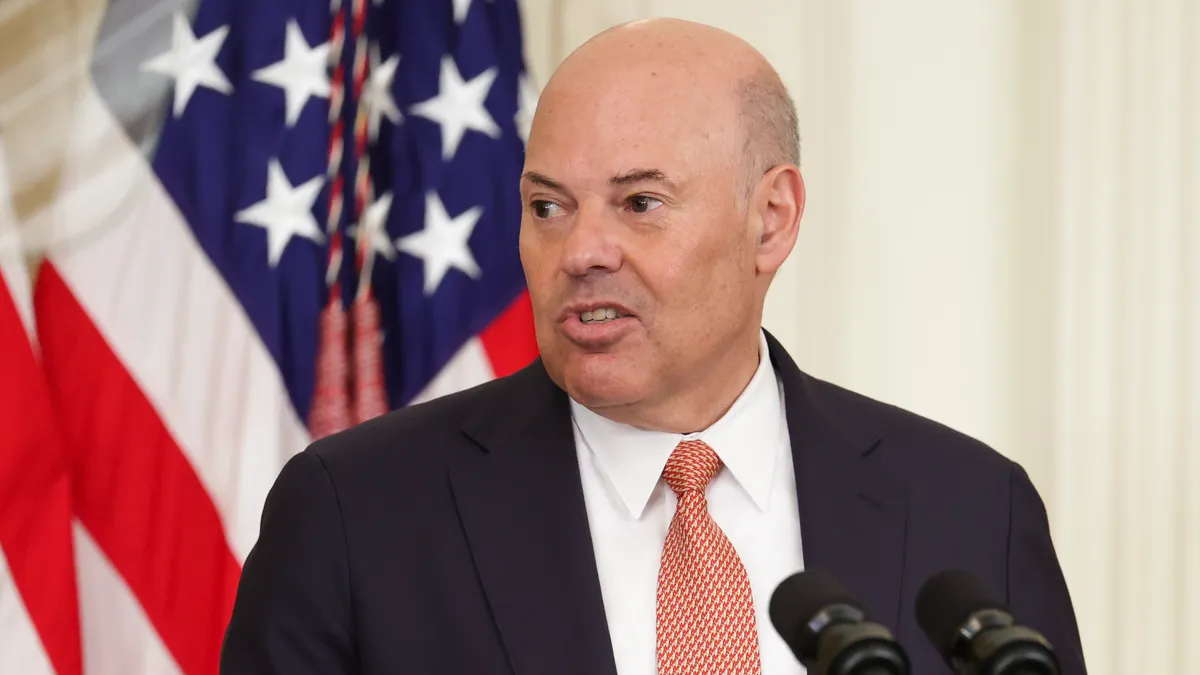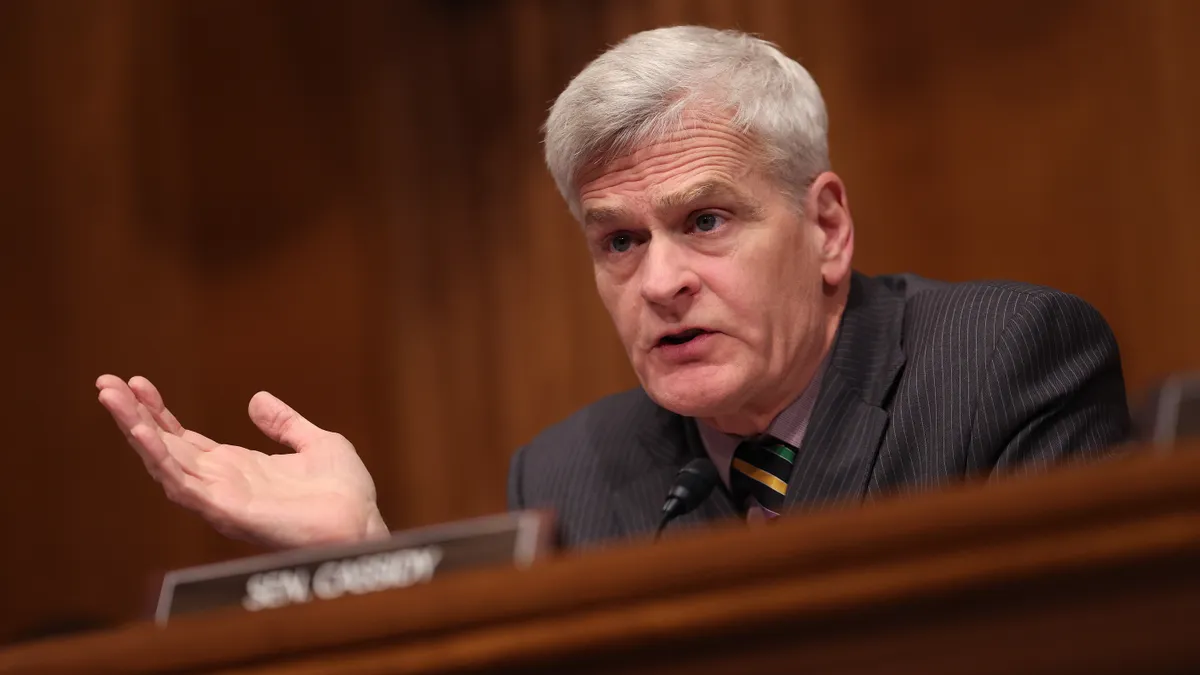Complying with federal and state employment laws keeps HR executives awake at night. Whether it is structuring the new company wellness program, adjusting to changing EEOC regulations or ensuring the validity of a non-compete clause, employers must keep compliance on the radar.
The employment attorneys at Nilan Johnson Lewis, in Minneapolis, MN, who regularly monitor issues that can affect their clients' businesses, identified five critical employer compliance trends for 2015 and beyond:
Gearing up for the new retail workers' bill of rights
In early July 2015, San Francisco will become the first municipality in the country to implement measures known collectively as the Retail Workers' Bill of Rights, which sets new requirements for larger retail employers in hotels, restaurants, movie theaters and certain financial institutions. New labor rules for retail employers include requirements to provide scheduling notices at least two weeks in advance; offer more hours to existing part-time employees before hiring new workers or using contract labor; and under certain circumstances, provide two to four hours of pay to an employee when they are required to be "on call" for a shift but that shift is canceled with less than 24 hours' notice.
Attorney Lisa Schmid says that larger companies especially should consider re-designing their systems and developing strategies for compliance to handle these new requirements on a national basis, not just in San Francisco.
"Other areas of the country are likely to follow this path eventually," Schmid says. "In fact, legislation on reliable work scheduling and time pay requirements is already being considered in several states including Minnesota, Maryland, Oregon, Indiana, and Michigan, and that list—and the list of municipalities who adopt similar measures—will grow."
New minimum wage laws leading to border wars?
Boosting the minimum wage was a major theme at the state level last year, as minimum wage rates in at least 30 states are going up in 2015. Although the federal minimum wage remains unchanged, wide-ranging minimum wage requirements for states are putting pressure on companies to compare their own numbers to those of the neighboring states.
And while a company may have the advantage of paying lower wages for their employees under the state's minimum wage standards, the disadvantage occurs when potential talent heads for a nearby state that pays better.
"The wage disparity between neighboring states creates an interesting dynamic that employers located near certain state borders should take into consideration," Schmid says. "If you're hiring minimum wage employees and yet you pay one or two dollars less than a similar business a few miles away and across the border, it could create a challenge for hiring and retaining the best talent."
Crowdsourced arbitration claims could shake up labor law
The U.S. Supreme Court ruled in 2011 (AT&T v. Concepcion) that it was lawful for businesses to include class action waivers in their service contracts, thereby requiring consumers to file individual arbitration claims instead. As a result, companies began adding mandatory arbitration clauses to their employment contracts to protect against class action lawsuits.
At least one new, third-party service is stepping around this issue by gathering thousands of arbitration claims together via online "crowdsourcing" and reassigning them to a company that will pursue them collectively. Crowdsourcing means obtaining needed services, ideas or content by soliciting contributions online from a large group of people.
Currently, the service is focused solely on cell-phone provider contracts, but attorney Jen Cornell sees ways that this approach could morph into something that impacts labor and employment law as well.
"What was once a cost-effective move could backfire if a company is targeted through a crowdsourced effort," Cornell explains. "Essentially that could lead to 'death by 1,000 cuts.'"
Cornell adds that until the courts have scrutinized this strategy, companies should be wary of the potential impact a crowdsourced arbitration or claims movement can have on labor and employment claims.
Will social media make the non-compete as we know it obsolete?
Used by employers to protect legitimate business interests, non-competes may include nuances but in general they prohibit employees from accepting a position in direct competition with the employer, and/or soliciting the employer's customers after the job is ended.
Pre-internet, cases relating to such contracts typically involved letters sent by ex-employees, noting their new job and the upsides of their new employers. In today's world, simply updating a LinkedIn profile is a new non-compete battleground. Some employers claim that the act of updating a LinkedIn profile after leaving an employer for a competitor constitutes a prohibited solicitation, same as a letter.
"Employers are in a tough spot on this one," says attorney Katie Connolly. "Social media is such an important part of everyone's lives, and it makes circumventing non-competes is easy to do with the click of a button, whether intentionally or not. Non-compete agreements must evolve to reflect that."
Connolly notes that employers should reconsider how they draft non-compete agreements, and should decide whether it is necessary to create new provisions, such as asking employees to delete any LinkedIn connections they've made while employed there. Until the courts provide a clearer direction on the intersection between non-compete and social media, however, employers will have to deal with a particularly murky reality.
Proposed EEOC guidance on corporate wellness programs sets cap on incentives, but it's not all good news
For employer-sponsored wellness programs, when do incentives become punitive, making the use of biometric screening or other medical exams unlawful under the Americans with Disabilities Act (ADA)? In April, the EEOC unveiled its long-awaited proposed regulations, saying that employers may use medical exams as part of a wellness program only if the incentives equal no more than 30% of the total cost of employee-only coverage.
"Employers have a brief window, until June 19, 2015, to comment on the EEOC's proposed rules," says attorney Mark Girouard. "The EEOC's proposed rule provides some much-needed clarity, but raises additional concerns for employers."
Among those concerns is the EEOC's suggestion that an employer may be required to test affordability for each of its plans, for each employee.
"If that suggestion becomes the rule," Girouard notes, "then the same wellness plan incentives could be voluntary for some employees and non-voluntary for others, which would obviously create significant administrative headaches."




















